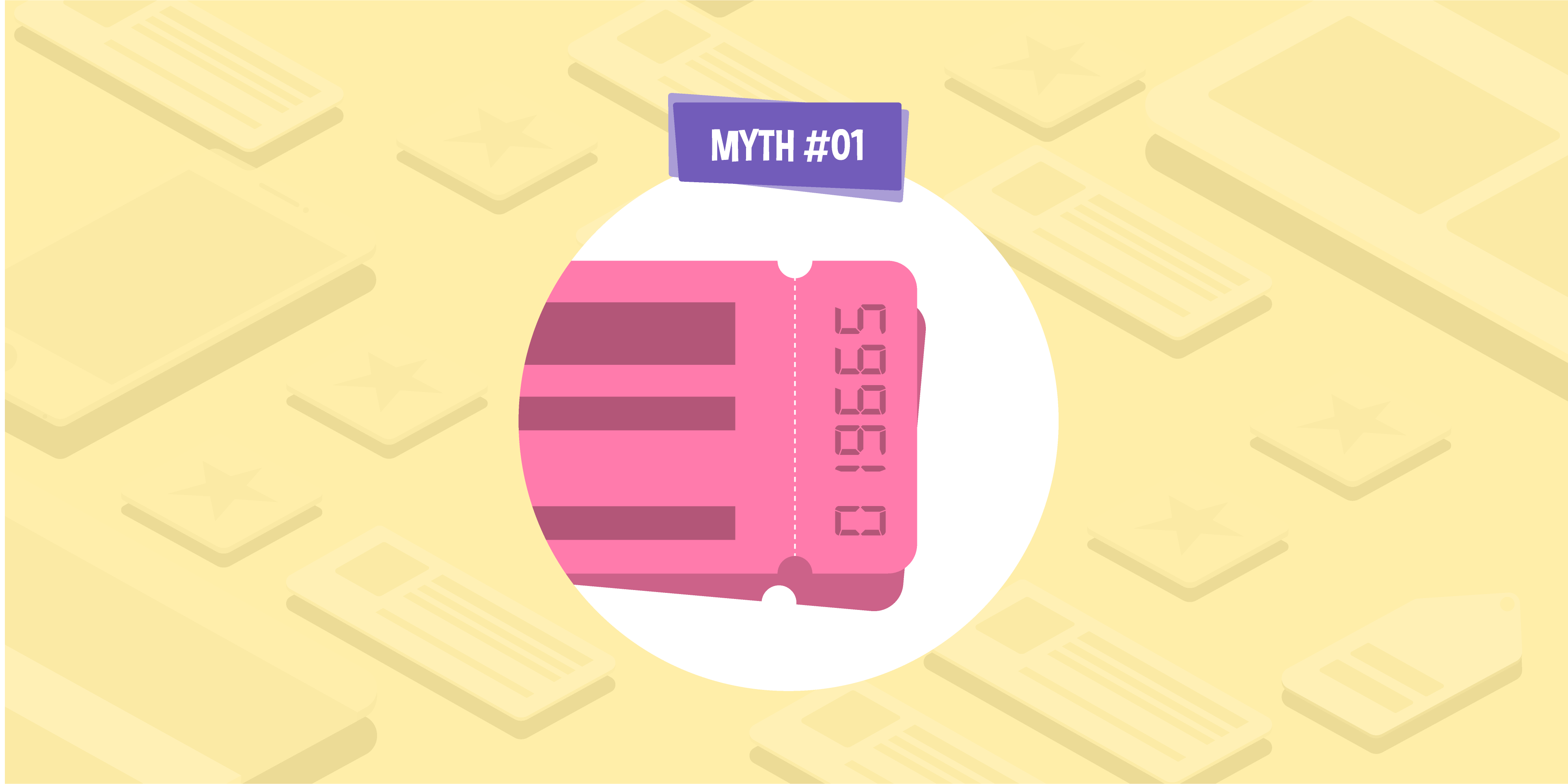
- 24 Aug 2015
- 4 Min read
Are you taking the correct approach to your content marketing? – Part one
When approached correctly, content marketing can catapult your brand to superstardom (well, almost). Often, businesses don’t know the best way to navigate this digital minefield and, as a result, end up creating content that fails to engage target audiences. Striking the balance between keeping your content appropriate for a high-converting market yet diverse enough to maintain a high level of customer engagement can be difficult. But fear not: team GD are here to help.
We see many brands producing large amounts of content, but without any targeting or research to base it on. Similarly, many businesses struggle with the ability to honour their own brand values when devising content marketing campaigns. This problem stems from the notion that consumers need something more than just a product to engage with.
Subsequently, brands can end up losing touch with what they actually do, and attempt to develop content marketing projects that are primarily aimed at generic internet trends rather than their own industry. Don’t get us wrong, brilliant off-the-wall concepts have the potential to do well, but nine times out of ten, an idea should be related to the systematic research.
Here at Glass Digital, we strive to achieve the perfect balance: creating well-researched and sharable content that engages with your target audience at all touch points of their consumer journey. We believe this method produces the best results, and we want to tell you how and why we do it.
Knowing how to get it right
Contrary to the common misconception, there’s a lot more to content marketing than writing about something in great detail. Rather, a significant amount of time should be invested in understanding what a particular audience wants, and immersing yourself in the complexities of your industry.
In order to produce relevant, engaging content, you should be well informed on the current hot topics in your sector. You should also research which industry-related terms and key phrases users are currently entering into search engines. This will help you to gauge the best direction in which to take your content in. It is also important to consider seasonal trends and give yourself enough time to research, create, format, edit and promote your content in time for your peak period.
Once you’ve decided what you’re going to write about, you then need to establish how to get it seen. No matter how interesting or useful your content may be, if it can’t be found, it is no good to anyone! With this in mind, you should ask yourself: Who are the key influencers or stakeholders that are likely to share my content? Identifying these and developing new and existing relationships will help get your content noticed.
Brands can find out the answers to these queries by employing a range of diagnostic tools and online analytics. Here at GD, we utilise a wealth of resources to identify key influencers and engaging material, resulting in content that gains traction fast. Our experts also recommend supplementing these methods with searching industry forums and exploring social platforms to see what’s currently being shared.
Understanding the purchase cycle
Modern content marketing demands engagement with your target audience at every stage of the purchase cycle. Great content marketing aims to engage everyone from the purely prospective consumer to the loyal returning consumer. Brands can start by looking at the decision process of a typical customer in their industry. For most ecommerce websites, these can be broken down into the following stages:
- • Pre-purchase stage: “I need to know more information before I decide which product to buy and where from.”
- • Comparative stage: “I now have all the information I need and I’m ready to make a purchase.”
- • Post-purchase stage: “I enjoyed my product experience and could potentially be loyal to this brand.”
These key sections help to categorise all manner of consumers, covering everyone from those who are new to your brand, to those who will benefit from retargeting. Subsequently, breaking down these stages and analysing the advantages of each will help you to generate appealing content that can prosper even in the most competitive markets.
Wait, there’s more…
As you can see, modern content marketing is a complex creature, which is why we think that it’s only right to dedicate more than one post to it. Our next entry will take a more detailed look at each stage of the purchase cycle. We will explain why this content matters, and how it can help your brand.
If you can’t wait until then, get in touch with us on 0333 7000 555 or contact us to find out more.
Update: part two has now been published. You can read it here.

